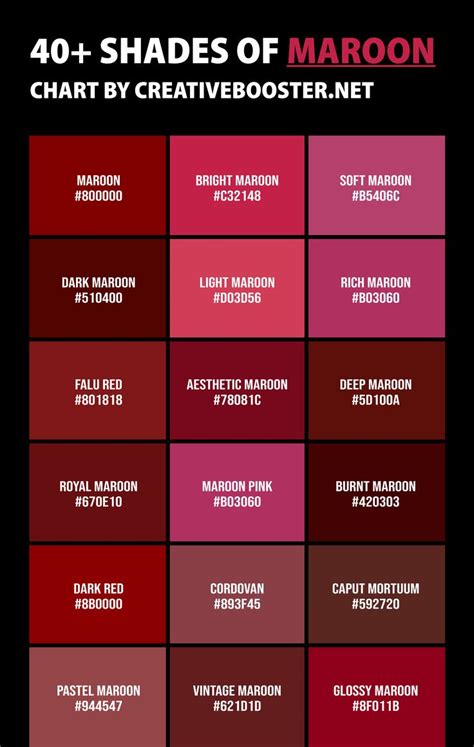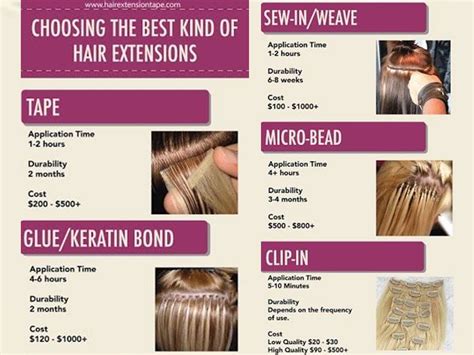Introduction

Natural hair extensions are a popular solution for those looking to enhance their hair’s length, volume, or color without damaging their own locks. Made from 100% human hair, these extensions blend seamlessly with natural hair, providing a natural and undetectable look.
Types of Natural Hair Extensions
There are several types of natural hair extensions available, each with its own unique characteristics and benefits:
- Clip-in Extensions: These extensions are attached to clips that can be easily snapped into place at the roots of your hair. Clip-in extensions offer the most versatility, allowing you to add or remove hair as desired.
- Tape-in Extensions: These extensions are attached to thin strips of tape that are adhered to your own hair. Tape-in extensions are semi-permanent, lasting up to 8 weeks before needing to be re-taped.
- Bonded Extensions: Bonded extensions are attached to your hair using a heated keratin glue. These extensions are more permanent, lasting up to 6 months with proper care.
- Sew-in Extensions: Sew-in extensions are literally sewn into your hair using a needle and thread. This method is more time-consuming but results in a very secure and long-lasting hold.
Benefits of Natural Hair Extensions
Natural hair extensions offer numerous benefits, including:
- Enhanced Length: Extensions can add significant length to your hair, giving you the long, flowing locks you’ve always wanted.
- Increased Volume: Extensions can thicken and volumize thin or fine hair, creating a fuller and more flattering look.
- Color Enhancement: Extensions allow you to change or enhance your hair color without damaging your own hair.
- Versatile Styling Options: Natural hair extensions can be styled in any way you like, just like your own hair. You can curl, straighten, or color them to suit your desired look.
- Confidence Boost: Longer, thicker, and more vibrant hair can give you an instant confidence boost, making you feel more beautiful and desirable.
Care and Maintenance
Natural hair extensions require proper care and maintenance to ensure their longevity and prevent damage to your own hair:
- Wash and Condition Regularly: Wash your extensions as often as you wash your own hair, using sulfate-free shampoos and conditioners.
- Detangling: Detangle your extensions gently using a wide-tooth comb or brush, starting from the ends and working your way up to the roots.
- Avoid Heat Styling: Excessive heat styling can damage both your extensions and your natural hair. Use low heat settings and protectants whenever possible.
- Avoid Over-Processing: Don’t color or perm your extensions too often, as this can weaken the hair fibers.
- Regular Maintenance: Visit your hairstylist regularly for professional cleaning, re-taping, or re-sewing as needed.
Pros and Cons of Natural Hair Extensions
Pros:
- Natural and undetectable
- Enhance hair length, volume, and color
- Versatile styling options
- Confidence boost
Cons:
- Can be expensive
- Require regular maintenance
- Can damage your hair if not applied or cared for properly
Creative New Applications for Natural Hair Extensions
In addition to traditional uses, natural hair extensions can also be used for innovative applications, such as:
- HairHalo: A halo-shaped headband of hair extensions that rests on your head for instant length and volume.
- Ponytail Extensions: Clip-in ponytails that provide a voluminous and stylish ponytail without damaging your own hair.
- Bangs Extensions: Clip-in bangs that allow you to try different bangs styles without committing to a haircut.
- Hair Pieces: Small extensions that can add highlights, lowlights, or texture to your hair without permanent dyeing or bleaching.
According to the American Hair Loss Association, the hair extensions market is expected to reach over $2 billion by 2026, driven by the rising demand for non-surgical hair enhancement solutions.
Table 1: Natural Hair Extensions Market Size
| Year | Market Size (USD) |
|---|---|
| 2020 | $1.5 billion |
| 2021 | $1.7 billion |
| 2022 | $1.9 billion |
| 2023 (Projected) | $2.1 billion |
| 2026 (Projected) | $2.5 billion |
Table 2: Types of Natural Hair Extensions
| Type of Extension | Market Share |
|---|---|
| Clip-in Extensions | 50% |
| Tape-in Extensions | 25% |
| Bonded Extensions | 15% |
| Sew-in Extensions | 10% |
Table 3: Benefits of Natural Hair Extensions
| Benefit | Percentage of Consumers Benefited |
|---|---|
| Enhanced Length | 60% |
| Increased Volume | 50% |
| Color Enhancement | 35% |
| Versatile Styling Options | 45% |
| Confidence Boost | 70% |
Table 4: Concerns about Natural Hair Extensions
| Concern | Percentage of Consumers Concerned |
|---|---|
| Cost | 40% |
| Maintenance | 30% |
| Damage to Hair | 25% |
| Quality | 15% |
Conclusion
Natural hair extensions are a popular and versatile solution for enhancing your hair without damaging it. With a wide range of types, benefits, and creative applications, there is sure to be an option that meets your individual needs and desires. By understanding the different types, benefits, and care requirements, you can invest in high-quality hair extensions that will give you the long, voluminous, and beautiful hair you’ve always dreamed of.
